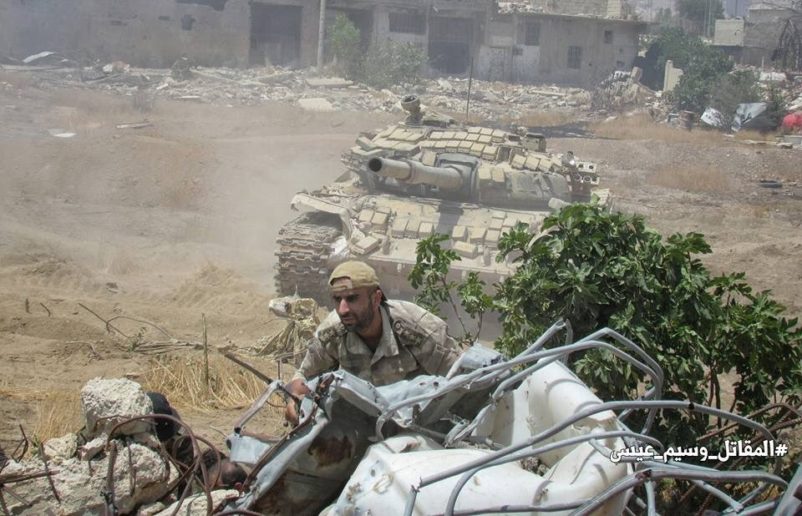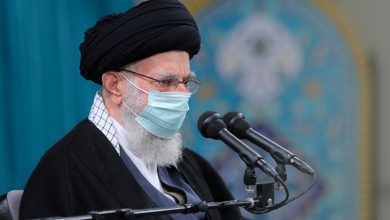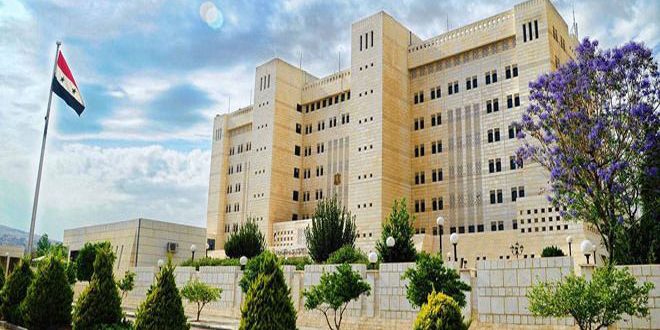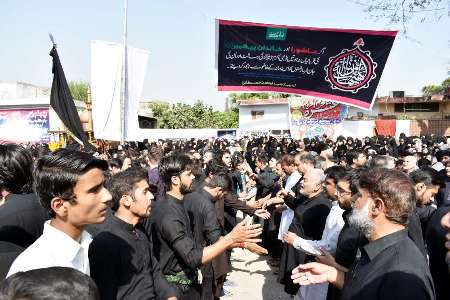The Importance of battle for Jobar in eastern Damascus


The operation by the Syrian Arab Army (SAA) to liberate Jobar District in eastern Damascus from Islamist militants is, after three weeks, still ongoing. Only now are cracks beginning to appear in rebel lines.
Compared to other Rif Dimashq operations that have taken place since 2012, the battle for Jobar is massive in terms of the number of men and equipment both sides are investing into the engagement, the stakes involved and the scope of the campaign.
In the battle for Jobar, the Syrian military is employing some of the most elite battle-hardened troops within the army’s ranks and also the most stunning array of weapons available to its arsenal.
To this effect, countless video and images have been released from the front-line showing SAA soldiers of the Republican Guard attempting to advance under cover of shelling from main battle tanks and massive artillery bombardment provided by Elephant rockets and huge-ordinance mortars. The Syrian Arab Air Force (SyAAF) too is playing its role in destroying heavily fortified positions beyond the reach of the ground forces and suppressing the movement of militant forces.
The rebel-held district of Jobar has withstood pro-government attacks for around five years (since 2012). The Islamist militants who fight for it have managed to maintain their grip over the suburb through a combination of sheer determination and underground tunnels to facilitate the movement of fighters and supplies.
In attempting to dislodge Islamist militants from Jobar, the SAA cannot attack the suburb directly. In the past, the SAA has attempted a frontal-attack approach and failed every time. Thus, in a protracted operation, the Republican Guard forces involved in the battle must first cut all lines of communication (again, many of which are underground) into Jobar and physically isolate the district. To do this, the SAA is obligated to outflank Jobar to both the north and the south at suburbs of Zamalka and Ayn Tarma respectively, all whilst keeping military pressure on Jobar itself, in order stretch rebel manpower to breaking point. In this respect, the side with the most troop reserves will, eventually, win.
The strategic value of Jobar is immense. It is the last rebel-held bastion in Damascus to the west of the M-5 Highway. The district’s liberation would grant pro-government forces full control over the section of M-5 Highway that runs through Damascus. Any attempt to re-enter Jobar in a counter-attack that involves crossing the M-5 Highway would result in total slaughter for Islamist militants for such terrain is the most ideal for creating defensive kill-zones.
In other words, if the rebels lose Jobar, they will never be able to reclaim it.




